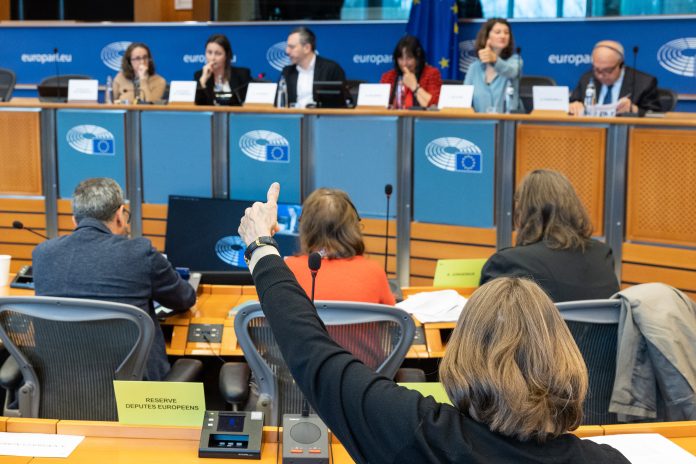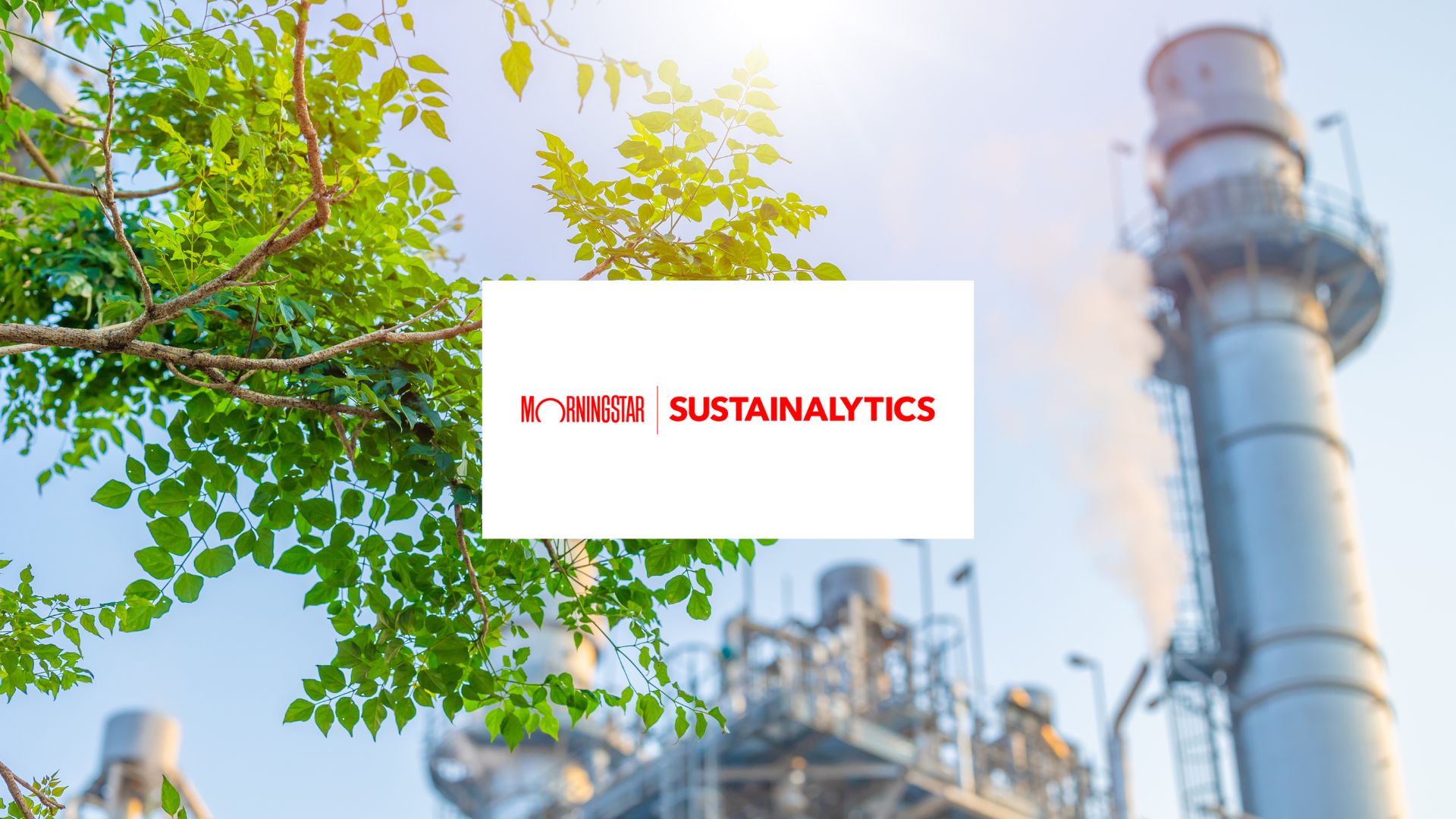Moët Hennessy pledges to reduce its carbon footprint and invest in sustainability

Moët Hennessy is committed to reduce its greenhouse gas emissions by 50% in absolute value by 2030 (compared to 2019 figures) by focusing on four core areas.
(Decanter) – Moët Hennessy, the wine and spirits division of leading luxury goods group Moët Hennessy – Louis Vuitton (LVMH), has issued a pledge to reduce its carbon footprint by adopting the 1.5°C target, as stipulated under the Paris Agreement and confirmed by the Science Based Targets initiative partnership (SBTi).
As part of the pledge, Moët Hennessy is committed to reduce its greenhouse gas emissions by 50% in absolute value by 2030 (compared to 2019 figures) by focusing on four core areas: reduce its raw materials’ carbon impact, develop eco-conscious packaging, leverage renewable energy, and promote low-carbon transportation.
‘We believe we have an important responsibility alongside the wines and spirits industry to significantly reduce our carbon footprint throughout the value chain, while developing biodiversity in our regions,’ said Moët Hennessy CEO, Philippe Schaus. ‘We have set ambitious goals that we are committed to following regularly and integrating into Moët Hennessy’s overall strategy.’
The announcement follows a series of sustainable viticulture initiatives released as part of Moët Hennessy’s Living Soils Living Together programme. Last week, the business inaugurated its new Robert-Jean de Vogüé Research Centre near its Mont Aigu winery in Oiry, Champagne. The centre, which cost the group some €20m (£17m), is dedicated to advancing knowledge of future environmental and production challenges, tackling climate change, and to developing sustainable winemaking practices.
‘Faced with the two main environmental challenges of climate change and the loss of biodiversity, Moët Hennessy has structured all of its actions in its Living Soils Living Together programme, our social and environmental commitment,’ Moët Hennessy chief sustainability officer, Sandrine Sommers told Decanter. ‘We have set ourselves ambitious goals for 2030… To support this… we need research, innovations and new solutions and our new [centre] is crucial to meet the challenges of viticulture of tomorrow.’
Conceived by architect Giovanni Pace, the new research centre covers an area of 4,000m2 and the building itself is designed to showcase Moët Hennessy’s commitment to sustainability. It is made from materials that grant natural insulation, which helps reduce energy consumption, and is embedded in a gently sloping earthen embankment to ensure it blends graciously with the surrounding landscape.
Its research efforts will focus on four key areas: a microbiology and biotechnology hub will be dedicated to better understand the impact of microorganisms on vineyards and on the fermentation process, while a further hub will focus on plant physiology, to mitigate the impact of climate change on vines and grapes and tackle the challenges induced by warming temperatures. The plant physiology team will benefit from innovative infrastructures such as climate chambers, which are capable of simulating climate changes in Moët Hennessy vineyards across the globe.
A process engineering hub will be destined to analyse the winemaking process, from pressing to bottling, with the aim to optimise it and to promote recyclability. Lastly, the sensory analysis and formulation hub will focus on studying the organoleptic profile of Moët Hennessy products throughout the different stages of the manufacturing process to maximise wine quality.
‘The research centre will be a hub for sharing knowledge both between [our] houses and with public sector researchers and will also embrace collaboration with other external structures,’ said Schaus. Indeed, over 10 partners will collaborate with the centre, including the Comité Interprofessionnel du Vin de Champagne (CIVC), the University of Reims Champagne Ardennes, and France’s National Research Institute for Agriculture, Food and Environment (INRAE de Colmar).
The new centre is named after Moët Hennessy former president and innovator, Robert-Jean de Vogüé, who contributed to the creation of the CIVC in 1941. ‘Robert-Jean de Vogüé… always thought a quarter-hour ahead,’ Schaus said. ‘A great figure in the world of wine, he left an indelible impression on his era with his innovative spirit and activities with Maison Moët & Chandon in France and around the world.’










